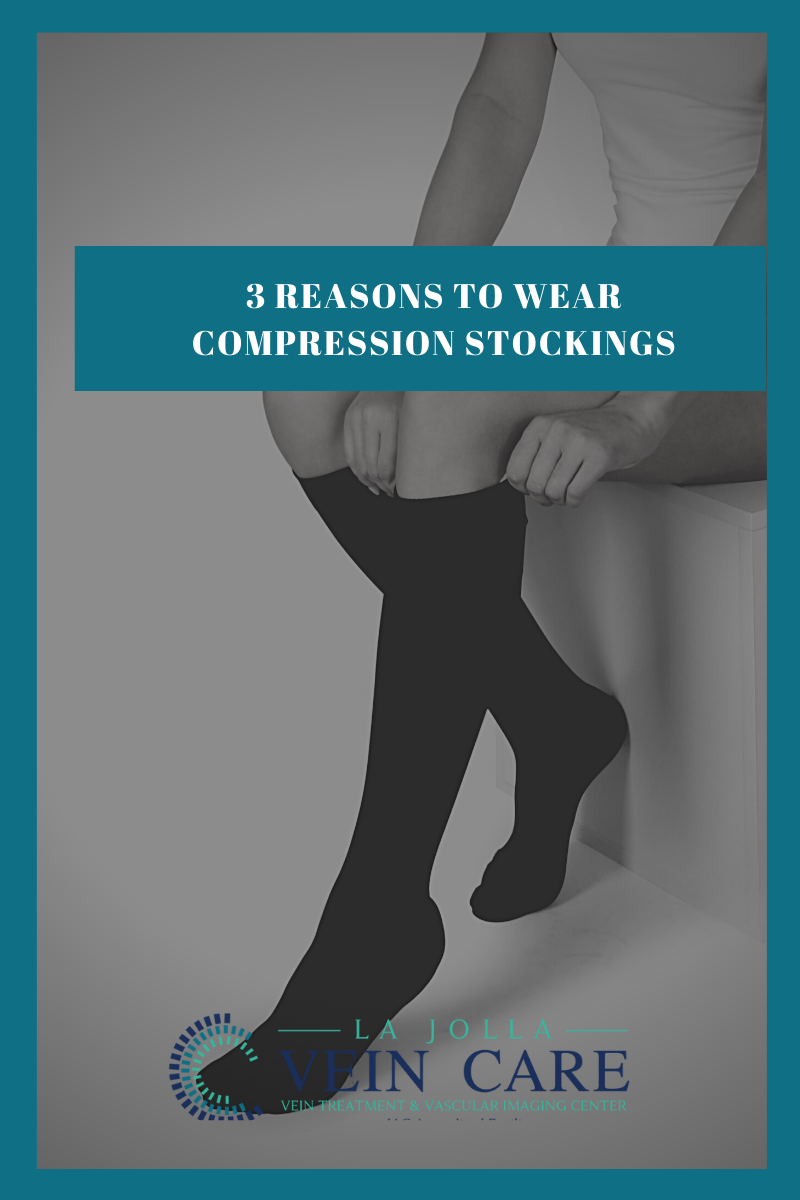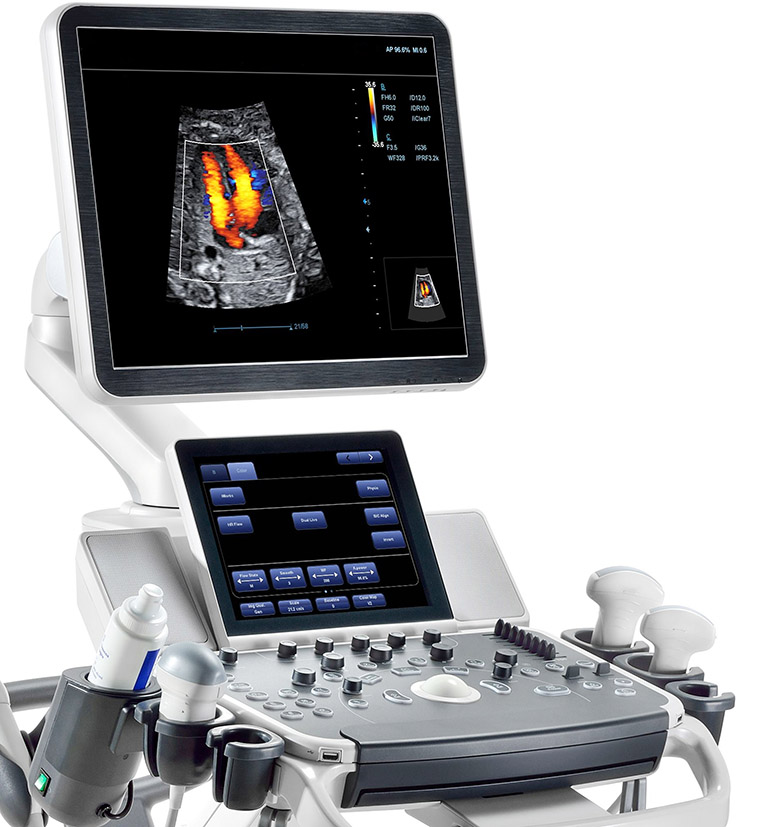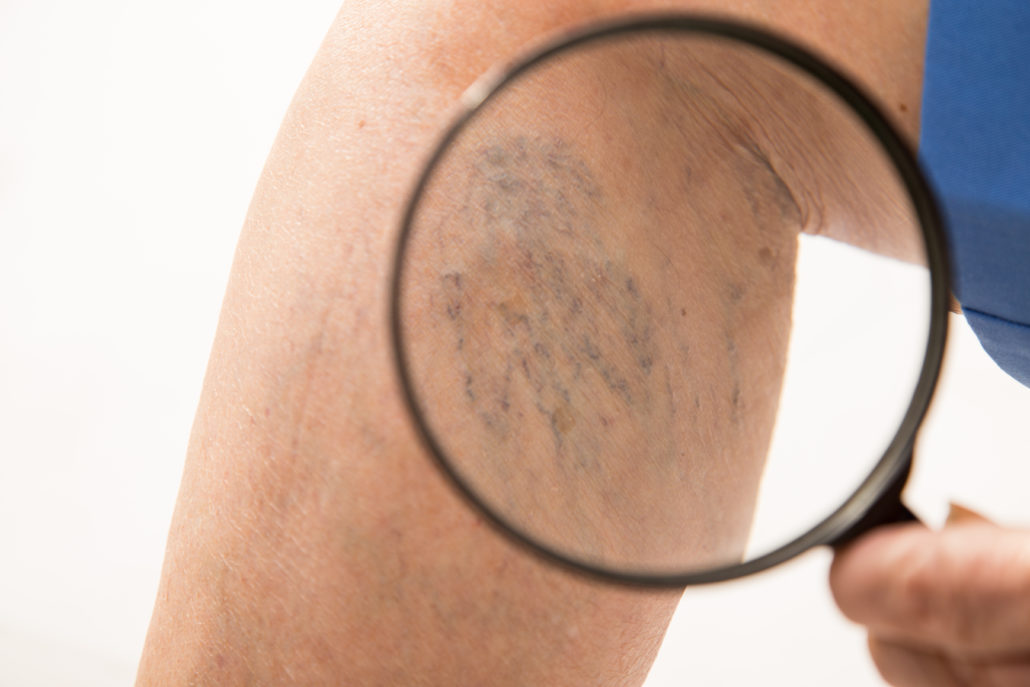Deep Vein Thrombosis
LJVascular2023-01-14T12:56:07-08:00What do Serena Williams, Richard Nixon, Dan Quayle, Dick Cheney and David Bloom have in common? They have all suffered a potentially fatal deep venous thrombosis (DVT).
Deep venous thrombosis (DVT) mainly affects the large veins in the lower leg and thigh. The clot can block blood flow and cause swelling and pain. When a clot breaks off and moves through the bloodstream, this is called an embolism. An embolism can get stuck in the brain, lungs, heart, or another area, leading to severe damage.
Blood clots may form when something slows or changes the flow of blood in the veins which then becomes deep vein thrombosis. Risk factors include:
- After a pacemaker catheter has been passed through the vein in the groin
- Bedrest
- Cigarette smoking
- Family history of blood clots
- Fractures in the pelvis or legs
- Giving birth within the last 6 months
- Heart failure
- Obesity
- Recent surgery (especially hip, knee, or female pelvic surgery)
- Too many blood cells being made by the bone marrow (polycythemia vera), causing the blood to be thicker and slower than normal
You’re also more likely to develop DVT if you have any of the following conditions:
- Blood that is more likely to clot (hypercoagulability)
- Cancer
- Taking estrogens or birth control pills.
- Long airplane flights: London’s Heathrow Airport reports one passenger death a month from DVT. One nearby hospital recorded thirty passenger deaths from DVT in the past three years including a 28-year-old man. To reduce the risk of DVT during air travel, passengers are advised to wear compression stockings on flights, frequently moving around the cabin and pumping the calf muscles, leg elevation and avoidance of sedentary positions for long periods of time without moving.
“Bringing Experts Together for Unparalleled Vein and Vascular Care”
La Jolla Vein & Vascular (formerly La Jolla Vein Care) is committed to bringing experts together for unparalleled vein and vascular care.
Nisha Bunke, MD, Sarah Lucas, MD, and Elliot DeYoung, MD are specialists who combine their experience and expertise to offer world-class vascular care.
Our accredited center is also a nationally known teaching site and center of excellence.
For more information on treatments and to book a consultation, please give our office a call at 858-550-0330.
For a deeper dive into vein and vascular care, please check out our Youtube Channel at this link.
For more information on varicose veins and eliminating underlying venous insufficiency, check this link out full of resources.
Please follow our social media Instagram Profile and Tik Tok Profile for more fun videos and educational information.











